KCET Studios
1920
4401 Sunset Boulevard – map
Declared: 9/20/78
The ample, red-brick building fronting the south side of the 4300 block of Sunset Drive in Los Feliz holds nearly ninety years of Hollywood history. But while the structure dates back to 1920, the property’s ties with Hollywood filmmaking go back a few years farther, to 1912.
Born in 1851 in present-day Poland, Siegmund “Pops” Lubin emigrated to the United States in 1876. Edison film distributor, theater owner, studio head, and maker of cameras, projectors, and printing machines, Lubin set up his Lubin Manufacturing Company in Philadelphia around the turn of the century. In 1912, Lubin opened a west coast branch on a chunk of land at 1425 Fleming Street (now Hoover). Lubin made just a couple of films here before selling the property to the Essanay Film Company the following year, moving on the East Los Angeles. “Pops” Lubin died near Atlantic City in September 1923.
Essanay, which got its name from the ‘S’ and ‘A’ initials of its founders, George K. Spoor and Broncho Billy Anderson, lasted on Fleming Street for just a couple of months, but long enough to churn out twenty one-reel westerns.
Vacant throughout the summer of 1913, the property saw the Kalem Company move in that October. (Kalem was named for owners George Kleine, Samuel Long, and Frank Marion. Folks back then really liked their initials, apparently.) Kalem made films here into early 1917, going out of business by year’s end.
By the beginning of 1918, theatrical agency Willis & Inglis had moved onto the property, building a couple of stages and setting it up as a rental studio. With that August’s arrival of movie producer Jesse D. Hampton, the lot was soon known as Hampton Studio. Jesse split about five months later, but not before having made more than two dozen films with stars including William Desmond and H.B. Warner.
Willis & Inglis founded Charles Ray Productions with Ray in 1920. (Charles Ray, it turns out, was a pretty big cheese as an actor in the late teens and early twenties. Why didn't I know he was so famous?) It was when Charles Ray Productions took over the property that this good-looking brick building was built. (KCET uses a Sunset Boulevard address, but to get a look at the exterior of the old studio, you need to drive around the block – something I had never done.)
Charles Ray Productions – along with Charles Ray – went bankrupt by 1923 after a string of failures, most notably that year’s The Courtship of Myles Standish. (Although the studio’s reconstruction of the Mayflower became a local tourist attraction, no copies of the film survive.) It was the Bank of Italy (later the Bank of America) which took the lot into receivership and re-addressed the property from 1425 Fleming Street to 4376 Sunset Drive.
The bank returned the lot to its days of the late teens when it became once again a rental studio. It remained rental after former actress Jean Navelle bought the property in 1927. She lost it after the Crash of ’29, and the studio went back into the hands of the Bank of Italy. In 1933, Martha J. Like, the mother of sound engineer and head of International Recording Engineers, Ralph M. Like, bought the lot. This was after Ralph had converted Stage A for sound and just a year after he built what is today’s Stage B of KCET. The lot became home to Like’s Action Pictures and, later, Mayfair Pictures.
W. Ray Johnston’s Monogram Pictures Corporation, a company who’s history stretched back to 1915, bought the lot from Like in 1943, having rented the studio for years (they had been based at the former Tiffany Studios nearby at 4516 Sunset). While under the Monogram moniker, the studio produced tons of movies, mostly in the ‘B’ and ‘C’ categories. Charlie Chans, Joe Palookas, Bowery Boys, and Cisco Kids were produced here, along with those Jiggs & Maggie and Bomba, the Jungle Boy, films. And don’t forget all those western: Jimmy Wakely; Whip Wilson; and more than sixty Johnny Mack Brown westerns.
In 1946, Allied Artists was formed as a subsidiary company to Monogram. While Allied was created to concentrate on bigger budgeted films, I know them mainly for such movies as Invasion of the Body Snatchers and Attack of the Fifty-Foot Woman (but Love in the Afternoon and Friendly Persuasion were theirs, too). Allied retired the Monogram name in 1953.
So are the bars over the brick wall left over from when there was a door there, or are they there to protect the air conditioner?
Allied Artists gave up producing for distributing and fled to New York City in 1964. The property became a rental lot once again. ColorVision bought “Pops” Lubin’s old property in 1967 but went bankrupt two years later. In the summer of 1970, the L.A. Times announced public television station KCET was buying the 3.5 acre lot for $800,000. Community Television of Southern California the station’s parent company, finalized its purchase of the property in 1971. KCET relocated from its original home at 1313 North Vine Street in October 1971. The new $3.2 million studio was dedicated November 18, 1971.
One last note about the studio: in 1979, an employee’s errant karate kick exposed behind a damaged wall an ornate screening room dating to the Charles Ray days. It’s now being used as a meeting room.
I lifted maybe 79% of the information in this post from KCET’s history page on its website. Go to it for a lot of lot history along with photos of the property through the years. I emailed them to find out who assembled the article so I could give him or her an extra thanks, but I didn’t hear back. (Update: As I expected, the piece was written by Marc Wanamaker. Thanks, Marc.)
The Vista Theater close by.
Oh. And when you swing by HCM No. 198, make sure you visit the old Vista Theater at 4473 Sunset Drive nearby. Designed by Lewis A. Smith, it opened as Bard’s Hollywood Theater in October 1923 on the site of the filming of D.W. Griffith’s Intolerance.
Sources:
Knapp, Dan “Allied Artists Studio Purchased by KCET” The Los Angeles Times; Jul 27, 1970, p. D14
“Koch, Sharon Ray “Fete Hails New Home of KCET” The Los Angeles Times; Nov 17, 1970, p. G1
“$3.2 Million Studio Dedicated by KCET-TV” The Los Angeles Times; Nov 19, 19171, p. A26
Turpin, Dick “KCET Will Build Administrative Plant” The Los Angeles Times; Aug 10, 1975, p. D1
Kaplan, Sam “Remnant of Old Hollywood” The Los Angeles Times; May 6, 1979, p. K1
Up next: David Familian Chapel of Temple Adat Ariel
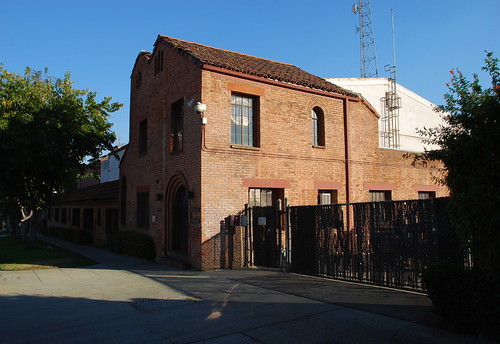
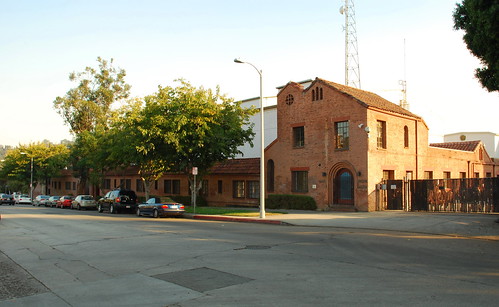
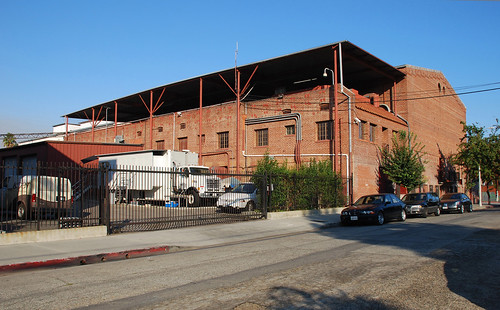
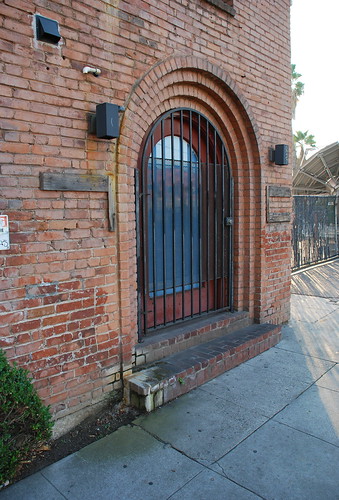

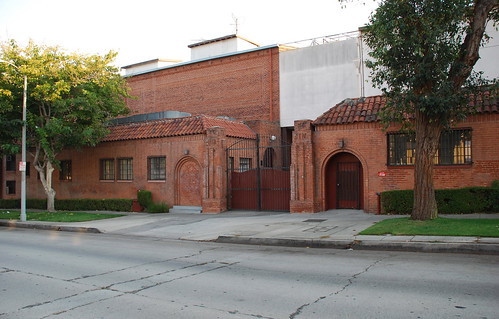

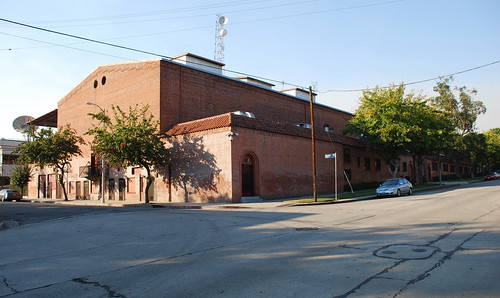
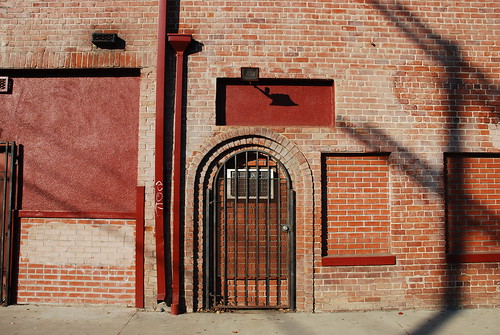
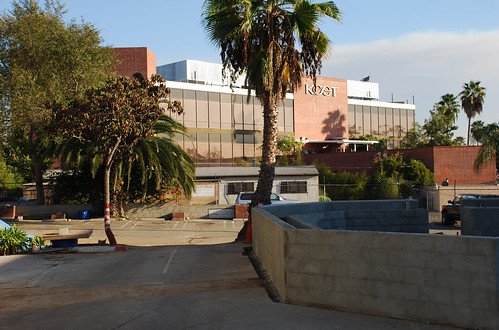
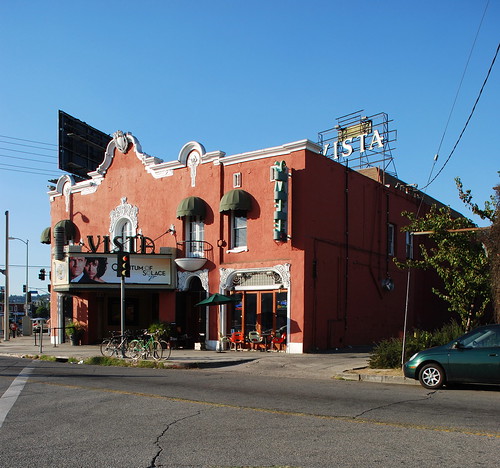
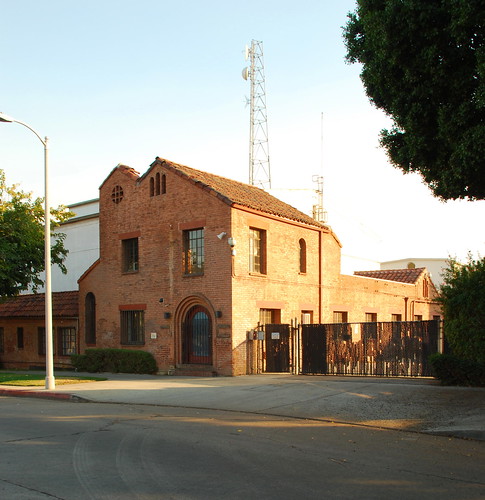

7 comments:
Thanks, Miss Havisham!
I have pictures of the inside--including the old guard gate. Let me know if you are interested.
When Scientology bought the building we might lose the preserved areas. Any archive photos of it?
I drafted the article you're referring to, when I worked at KCET. Marc, God bless him, corrected it. :) Teresa Rogers
I have a photo of a tourist (my husband's grandfather!) standing on the "Mayflower" set when it was on the Charles Ray lot. Marc Wanamaker verified this for me. Let me know if you want a copy, and thanks for posting all the great photos of the lot.
It was bought a few years ago by the Scientology organization for their use.
I visited the KCET studio in the early 70's and clearly remember a connected row of tiny, identical, mustard-colored Craftsman bungalows, at least 6, on the lot. I wondered if they were originally intended as small dressing rooms or whatever.
Post a Comment